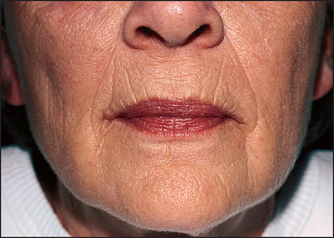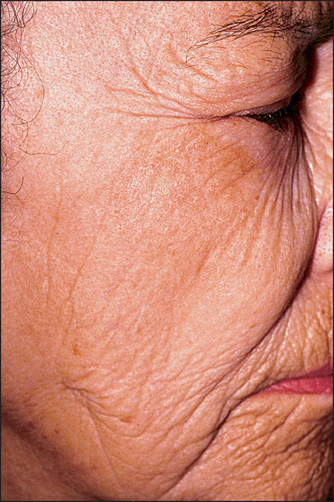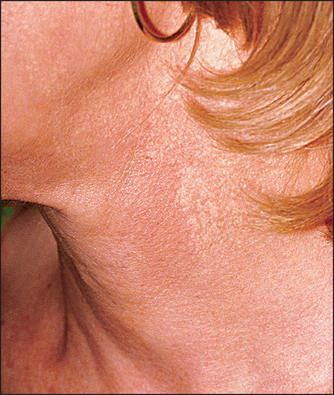Chapter 29 Cosmeceutical Antiaging Myths
The most numerous dermatologic myths relate to cosmeceuticals and their ability to improve the appearance of facial aging. Notice that the word ‘appearance’ is always used when referring to the effects of cosmeceuticals on wrinkling. This is due to the fact that improving appearance insures that claims made regarding the cosmeceutical active are perceived as cosmetic in nature and not pharmaceutical. Claims regarding improving appearance deal with how an active alters looks and not function. Yet, there are some claims and myths that seem to continue due to their consumer and marketing appeal. These cosmeceutical antiaging myths represent the most common patient questions encountered by the practicing dermatologist.
EXPENSIVE MOISTURIZERS ARE MORE EFFECTIVE
For many consumers, price equates with quality. This may be true for some commercial purchases, but is not necessarily true for moisturizers. The most expensive part of any facial moisturizer is the fragrance, the bottle, and the packaging. None of these contributes to the efficacy of the moisturizer, only the aesthetic appeal. A quality moisturizer should cost less than $30 a bottle and products priced above this amount are selling more than skin efficacy. A quality moisturizer should contain an occlusive agent, a humectant, and some form of silicone. Ideally, it should also contain a sunscreen to provide the added benefit of sun protection. No moisturizer in any price range will improve the wrinkling on the lower face demonstrated in Figure 29.1.
MOISTURIZERS REMOVE WRINKLES
Moisturizers do not remove wrinkles, they simply minimize their appearance. The role of moisturizers in reducing wrinkles is primarily through increased skin hydration. The moisturizer contains an occlusive agent, such as petrolatum, mineral oil, or dimethicone, which prevents transepidermal water loss from the skin surface and increases the water content of the skin. This increased water content decreases or even eliminates wrinkles that are due to stratum corneum barrier defects. Barrier repair will prevent the wrinkles from recurring and the moisturizer creates an environment to initiate barrier repair. Thus, moisturizers do not remove wrinkles (Fig. 29.2), they simply can provide an environment to reverse dehydration due to stratum corneum barrier defects.
BLEACHING CREAMS CAN IMPROVE BROWN SPOTS QUICKLY
Bleaching creams are most effective when used on the face due to enhanced penetration through thin skin. Neck, chest, and forearm hyperpigmentation responds even more slowly to treatment due to the decreased penetration of the active (Fig. 29.3).










